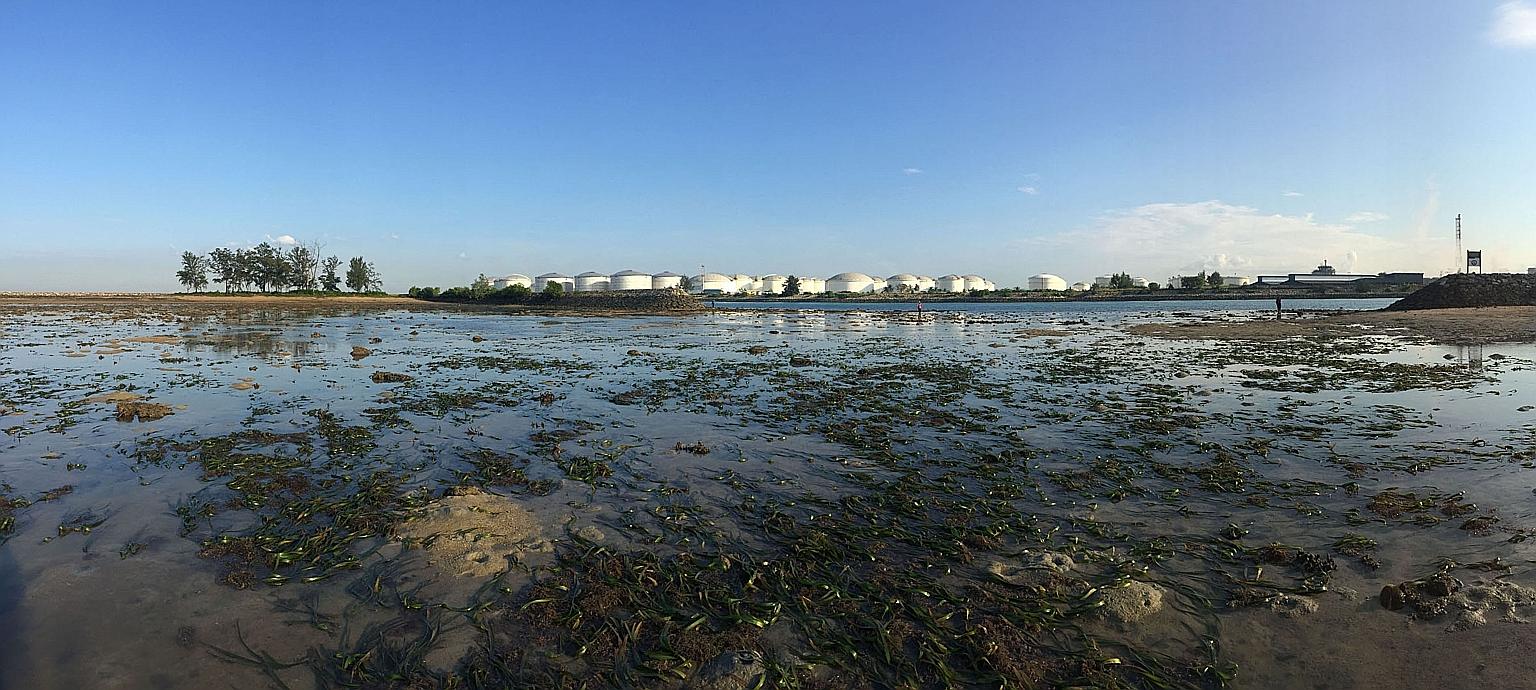Beautiful science
Sign up now: Get ST's newsletters delivered to your inbox

PHOTO: COURTESY OF SITI MARYAM YAAKUB
Follow topic:
Although seagrass covers less than 0.2 per cent of the world's oceans, these meadows of marine flowering plants - such as the one at Pulau Hantu (above) - provide nursing and foraging grounds for invertebrates and fish that support fisheries around the world. According to a recent study, a fifth of the world's biggest fisheries for species like the Atlantic cod and walleye pollock rely on healthy seagrass meadows. Other animals that have subsistence and commercial value for such fisheries include tiger prawns, conch and the white spotted rabbitfish. By providing juvenile fish with abundant food and shelter, the meadows ensure that the creatures can later migrate into deeper habitats, where they are fished by both industrial and small-scale fisheries. However, scientists say seagrass habitats are experiencing a rapid decline, with an estimated 7 per cent loss of global seagrass meadows each year. Dr Richard Unsworth, research officer at the Seagrass Ecosystem Group of Britain's Swansea University and the author of the study, said: "There is a global rapid decline of seagrass, and when seagrass is lost, there is strong evidence globally that fisheries and their stocks often become compromised with profound negative economic consequences." He added: "To make a change, awareness of seagrass' role in global fisheries production must pervade the policy sphere. We urge that seagrass requires targeted management to maintain and maximise its role in global fisheries production."

